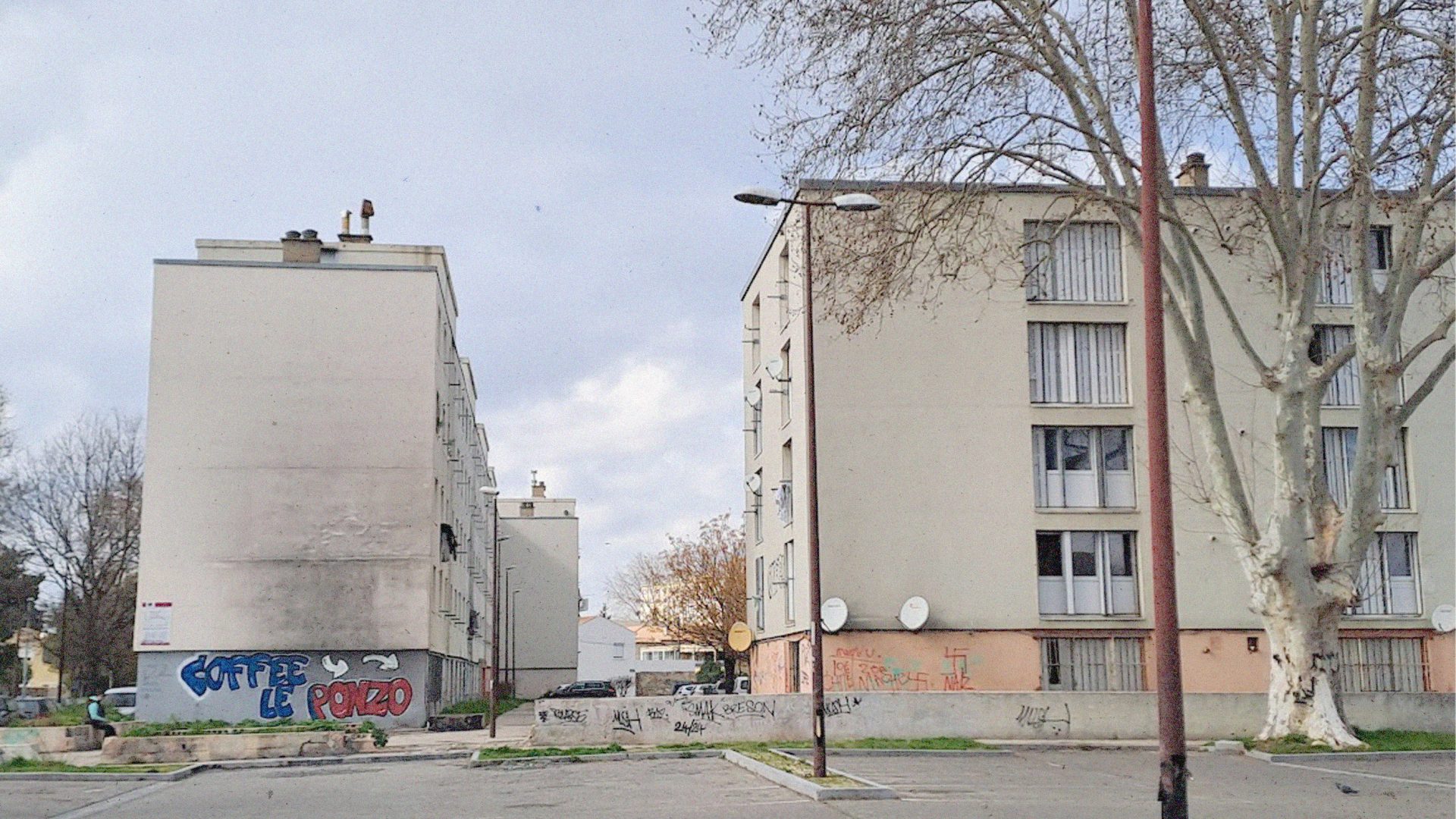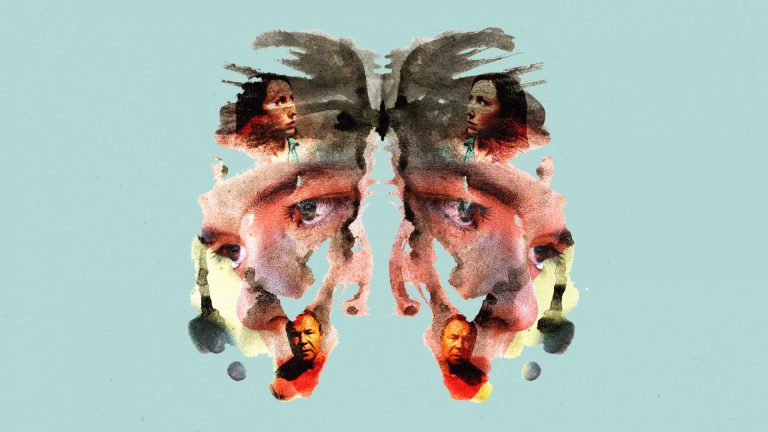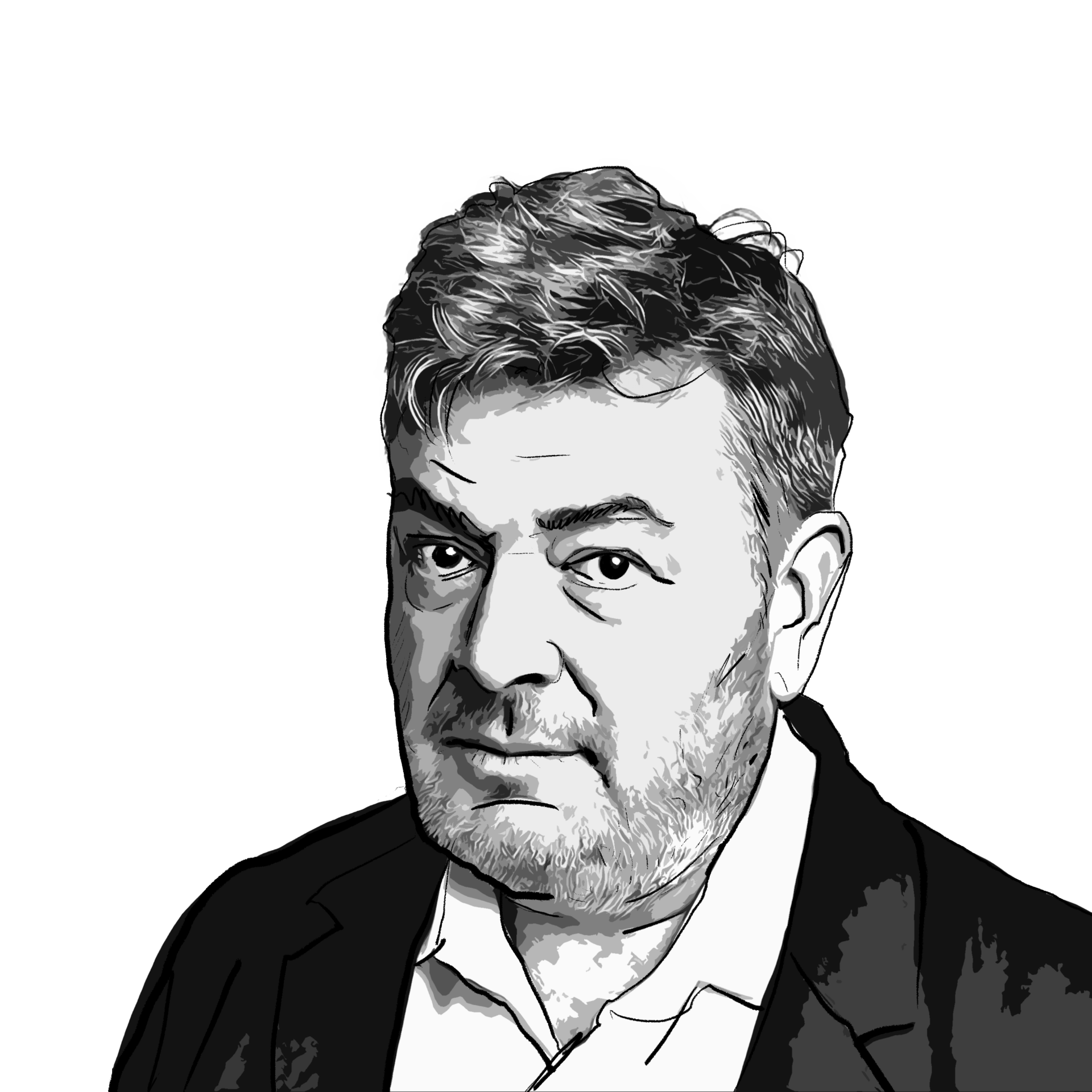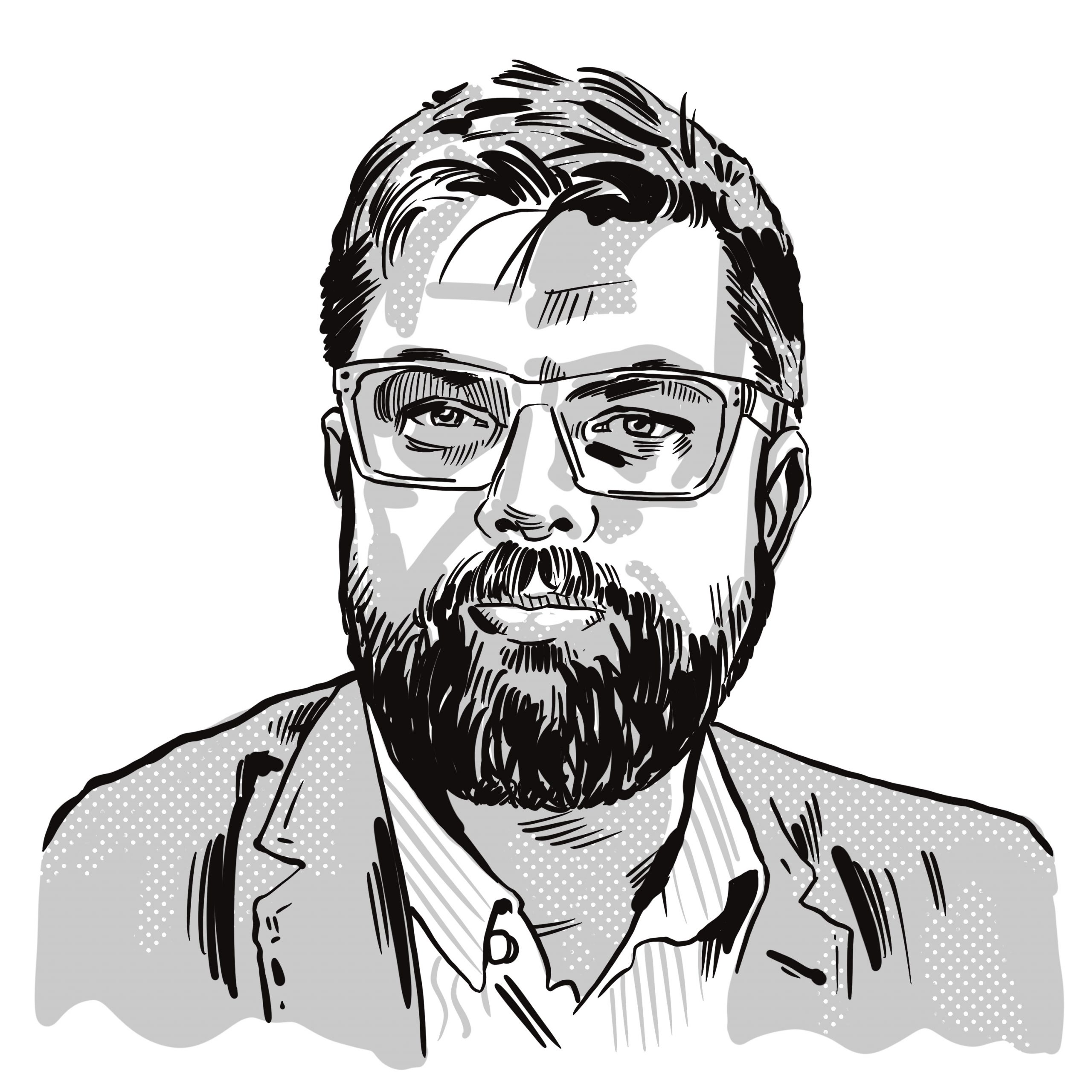Borders and social segregation don’t generally spring to mind when you think of Provence. The markets with their cheese and charcuterie stalls, stacks of olives, and bouquets of lavender are the more usual imagery. But take a short trip from Avignon to Saint-Rémy, and you journey through multiple borders, witnessing the poverty and plenty side-by-side that have become the hallmark of modern France.
I am crossing my first border today, a gateway through the 14th-century ramparts of Avignon, my adopted city. It’s a significant passage from intra-muros to extra-muros, as the locals so academically put it when disparaging the less affluent life beyond the walls circling the historic centre.
Leaving behind the twisting streets and leaning townhouses, the fountains and plane trees, the sheer heavenly faded elegance of the intra-muros, I’m ejected on to a busy ring-road. The ramparts are reflected in style – but badly – by a business centre opposite that has seen better days.
Entering underneath it, I feel transported back to Digbeth bus station, Birmingham, in the 1980s. This is Avignon’s bus station, and coming straight out of the Provençal sunshine, it seems even darker than Digbeth. That’s saying something.
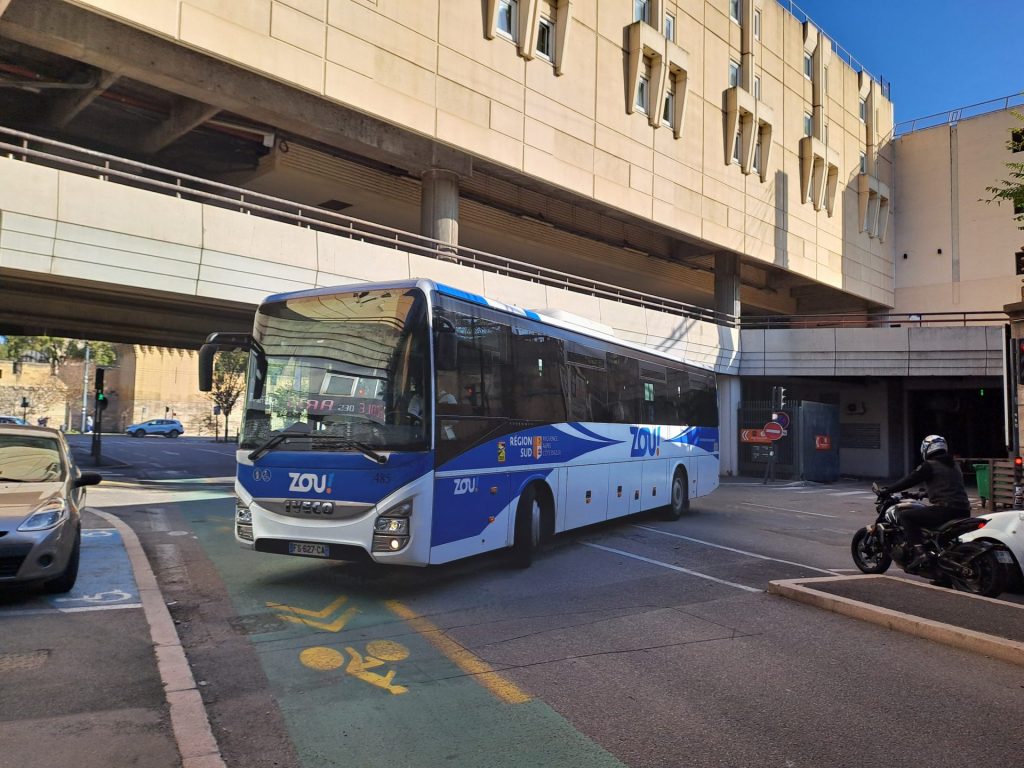
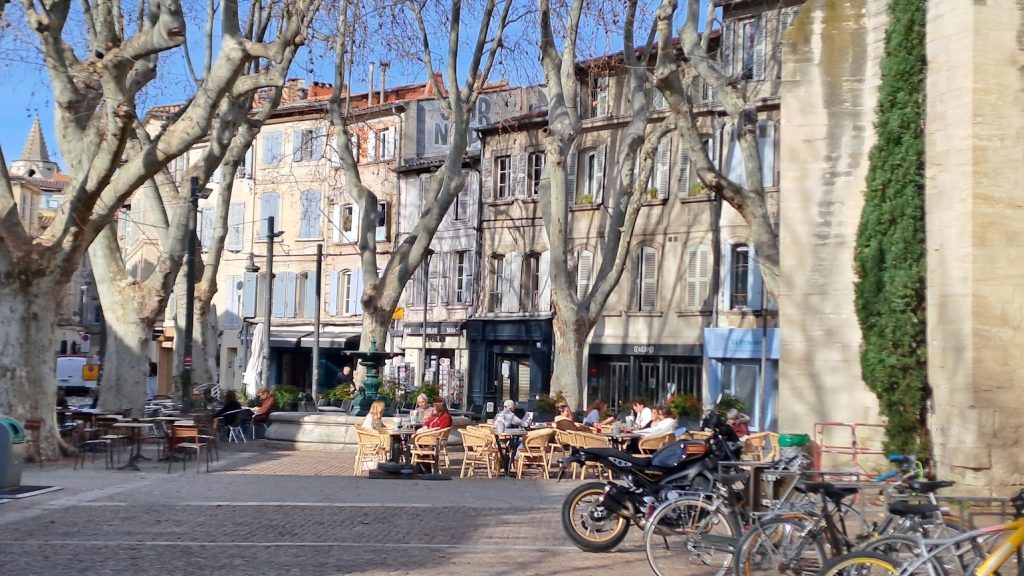
I’m here for the 707 bus at 10am, destination Saint-Rémy-de-Provence, that most quintessential of market towns. It’s where Van Gogh stayed and painted in a psychiatric hospital after his famous self-mutilation. Saint-Rémy is only 20 minutes by car from Avignon, but an hour by bus. Already this stirs my curiosity. Why does this bus have so many stops en route?
The 707 quickly leaves behind the acceptable suburbs known as the “first belt” around the centre, where I live. Within five minutes, we reach the other cité – not the city of the Popes, with its imposing palace and magnificent architecture, but the cité in the suburbs, the one of social deprivation and racial segregation.
Cité Monclar belongs to one of France’s 1,362 “priority urban neighbourhoods” (quartiers urbains prioritaires), which some would call ghettos. As in so many other French cities, it is found outside the centre, but little more than 1km away.
In nearby Nîmes, only a short walk from the elegant historic centre, with its Roman arena, the no-go estate of Pissevin (yes, really) run by mafia-like gangs goes almost unpoliced in parts. It has become a stopover point for drugs imported from north Africa en route to Paris, and violence and murder is rife.
The scale of the drug problem in Nîmes hasn’t reproduced itself in Avignon yet, but it is an issue in several suburbs. In 2023, a policeman was shot dead in Avignon town centre by a drug gang, in broad daylight.

Here in Monclar, dealers operating 24/7 were seen among 3,000 photos posted on social media in 2023 by a young photographer, Enzo, documenting both drug sales and the use of guns. Two men were killed in the area in the same year.
The dealers are not necessarily proud of their trade, “but it fills the coffers,” says one, “we help our families to fill up the fridge”. At the same time, the women of the families are nervous when they go out, afraid of a stray bullet.
I asked my landlady, Isabelle, who grew up in Avignon, why there’s so much poverty in a wealthy tourist destination that has spent millions on infrastructure projects in the last 10 years. “It’s cultural,” she says; “people always came here for agriculture in the surrounding regions. They’d work on farms in the summer and rest all winter. It still happens.”
The poverty rate in 2023 was estimated at 31% of the population, a reflection of the lack of major businesses and industries in the area. This highlights how social inequalities are fuelling increasing crime and safety issues in the city. More and more rough sleepers are on the streets, asking well-heeled tourists for money.
The 707 ambles around the graffitied, neglected tower blocks before reaching the next ring road, the périphérique that forms a second border around the urban area. I am reminded of the so-called France Périphérique, from the successful 2014 essay of the same name by the geographer Christophe Guilluy. This is the peripheral France that includes the suburban fringes of cities as well as small towns and rural areas, where the working classes feel no benefits from globalisation and do not have access to all the opportunities of education and employment concentrated in the 12 grandes metropoles around the country, from Paris to Marseille, Lille to Bordeaux.
At the same time, says Guilluy, the traditional representation of a gulf between urban, semi-urban and rural spaces no longer allows us a correct reading of the social situation. Rather, a “new social geography” is needed to describe the duality that France experiences.
It’s striking that in the 2024 parliamentary elections, voters in Avignon elected the only candidate in the Vaucluse department from the leftist coalition; in the four neighbouring rural constituencies, members of the Assemblée Nationale from Marine Le Pen’s Rassemblement Nationale were elected with large majorities. In the 2022 presidential elections, the department as a whole voted for Le Pen, with 52% to Emmanuel Macron’s 48%.
A neighbour of mine, an actor, explained to me the anti-EU and anti-elite sentiment behind much of that vote: “What has the EU ever done for this area?” Michel complained, “we’ve been left behind.” It’s a depressingly familiar grievance to hear for someone like me who left pre-Brexit Britain to establish residency in France.
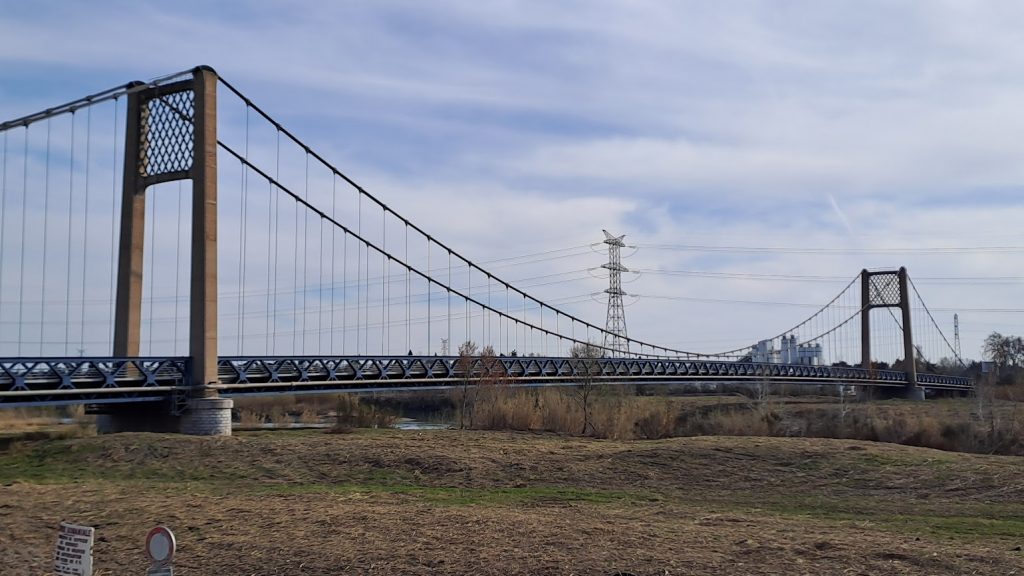
And now, over a bridge and through another dividing line, the meandering River Durance represents the border to the wealthy Bouches-du-Rhône department. We click back into another, more familiar and comfortable version of France – the clean, pretty, honey-coloured villages of Rognonas and Châteaurenard, their shuttered buildings framed by iconic poplars and the purple-grey line of the Alpilles range of hills, which we head towards.
This is still, perhaps, la France Périphérique, but one a world away from suburban grit and crime. It’s the stuff of travel magazines, a Van Gogh landscape that looks and feels like heaven.
Finally to Saint-Rémy, the epitome of Provençal life. It’s a market day and the party is in full swing. After a cafe stop, we head straight to the stalls to buy olives, quail, lardons, and lavender bags.
A dreamy restaurant terrace lunch of burrata, melon and serrano salad is washed down with a glass or two of crisp local rosé. But the dream clashes rudely with the reality of road resurfacing in front of the terrace, which takes up again after the workers’ lunch break.
One wonders what they feel about the France they work in, at once beautiful and harsh. Is Saint-Rémy, harbouring the scent of herbs and soap in the air of its manicured streets and squares, just as much la France Périphérique?
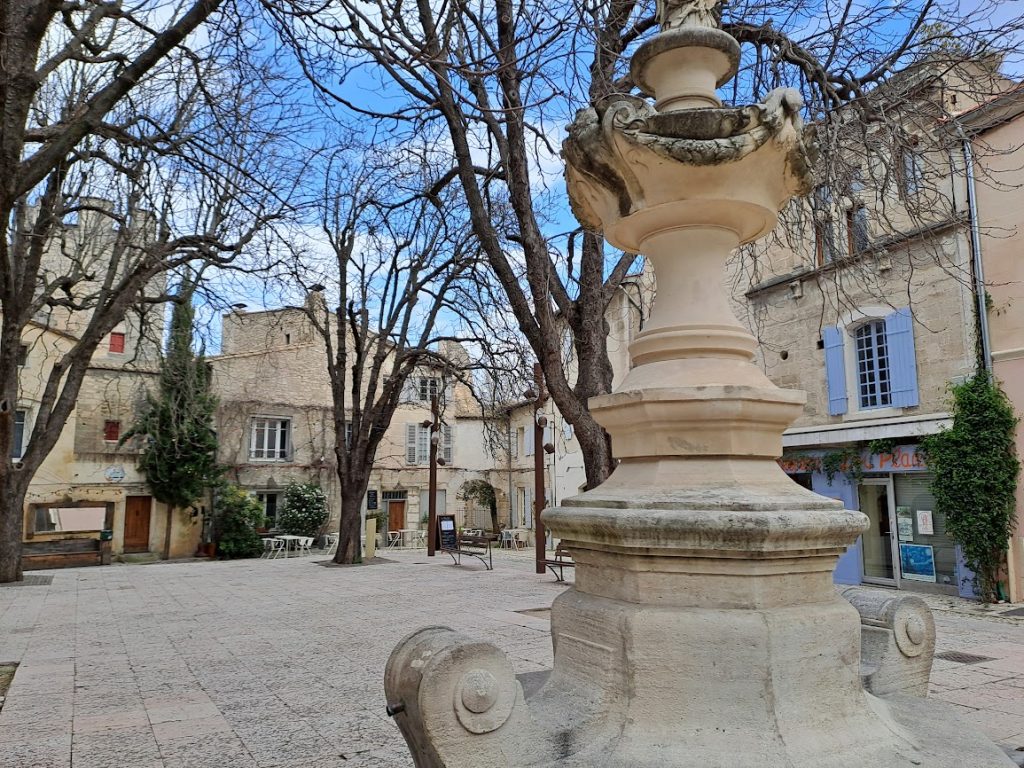
The 707 trundles its way back from paradise, and I feel wistful coming back down to earth. At the village of Châteaurenard, a nervous-sounding teenager talks to the driver about where the bus stops, then boards. Back near the cité Monclar, the driver takes time to give the kid lengthy directions, in his strong local accent. It’s as if France’s divisions melt away.
Intra and extra-muros, cité, périphérique, and over-the-river country don’t matter for a moment. It’s just a driver helping a boy, perhaps from opposite sides of the divide. It’s just human.
Garry Britton is a freelance journalist living in France

